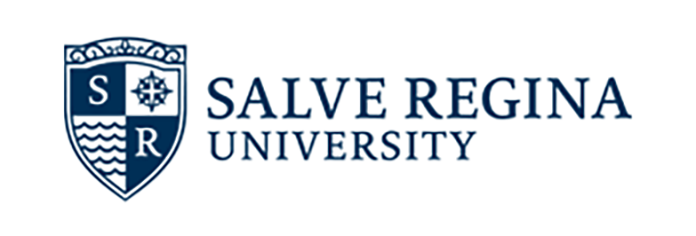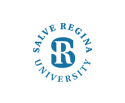Abstract
As global warming becomes an ever increasing problem, it is Salve Regina University and the Newport communities job to do their part. In an effort to reduce their carbon footprint, we performed a series of tests on the heating and building of McKillop library at Salve Regina to measure its carbon emissions and environmental impact. As a team, we tested for areas of heat loss and temperature change and internal temperature and humidity fluctuation. We also focused on the types of insulation that the building uses and the efficiency of its HVAC – heating, ventilation, and air conditioning – system. Finally, we looked at the roof concerns with regards to the leaking problems and have looked into alternatives such as a green roof. As a result, we have discovered the inefficiencies of the library’s heating practices and have found other options for the library to consider involving the roof as well as providing facts and figures. With all of this research, we are now able to see the impact McKillop library has on the environment. Hopefully changes will be able to made in the short and the long run.
Recommended Citation
Riewer, Alexandra; Rothwell, Anthony; Sullivan, Kalei; and Student, Other, "Green Heating and the McKillop Library Building" (2009). BIO140 Carbon Footprint Project. 7.
https://digitalcommons.salve.edu/bio_proj/7
PowerPoint presentation
Included in
Rights Statement
In Copyright - Educational Use Permitted. URI: http://rightsstatements.org/vocab/InC-EDU/1.0/
This Item is protected by copyright and/or related rights. You are free to use this Item in any way that is permitted by the copyright and related rights legislation that applies to your use. In addition, no permission is required from the rights-holder(s) for educational uses. For other uses, you need to obtain permission from the rights-holder(s).


